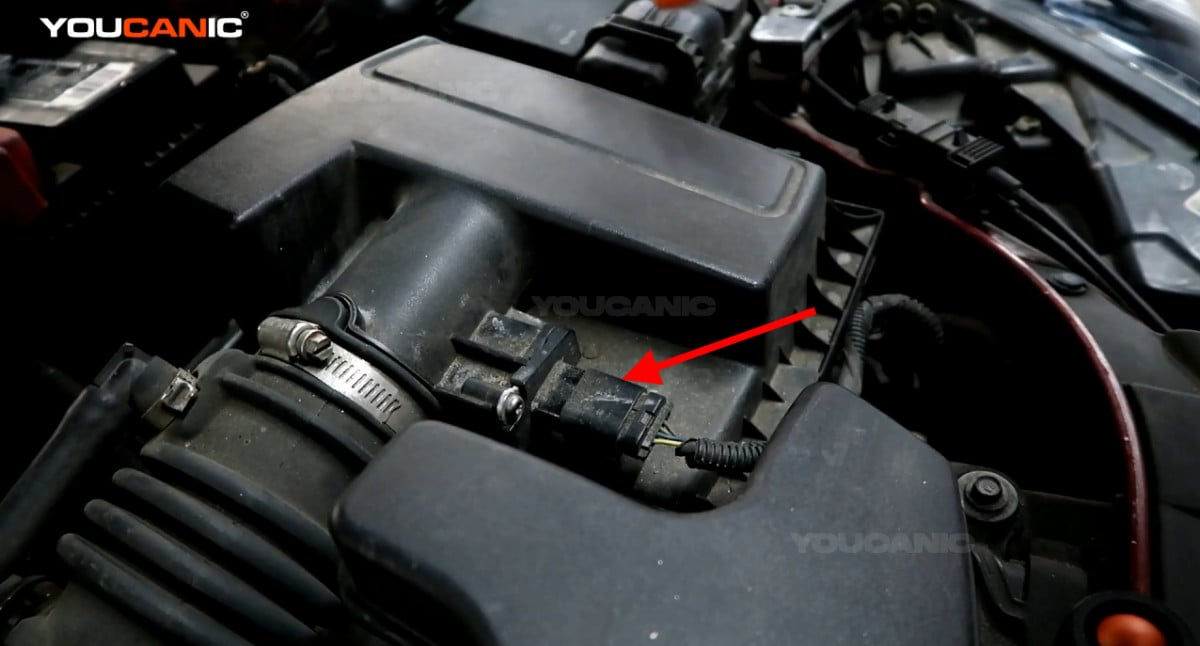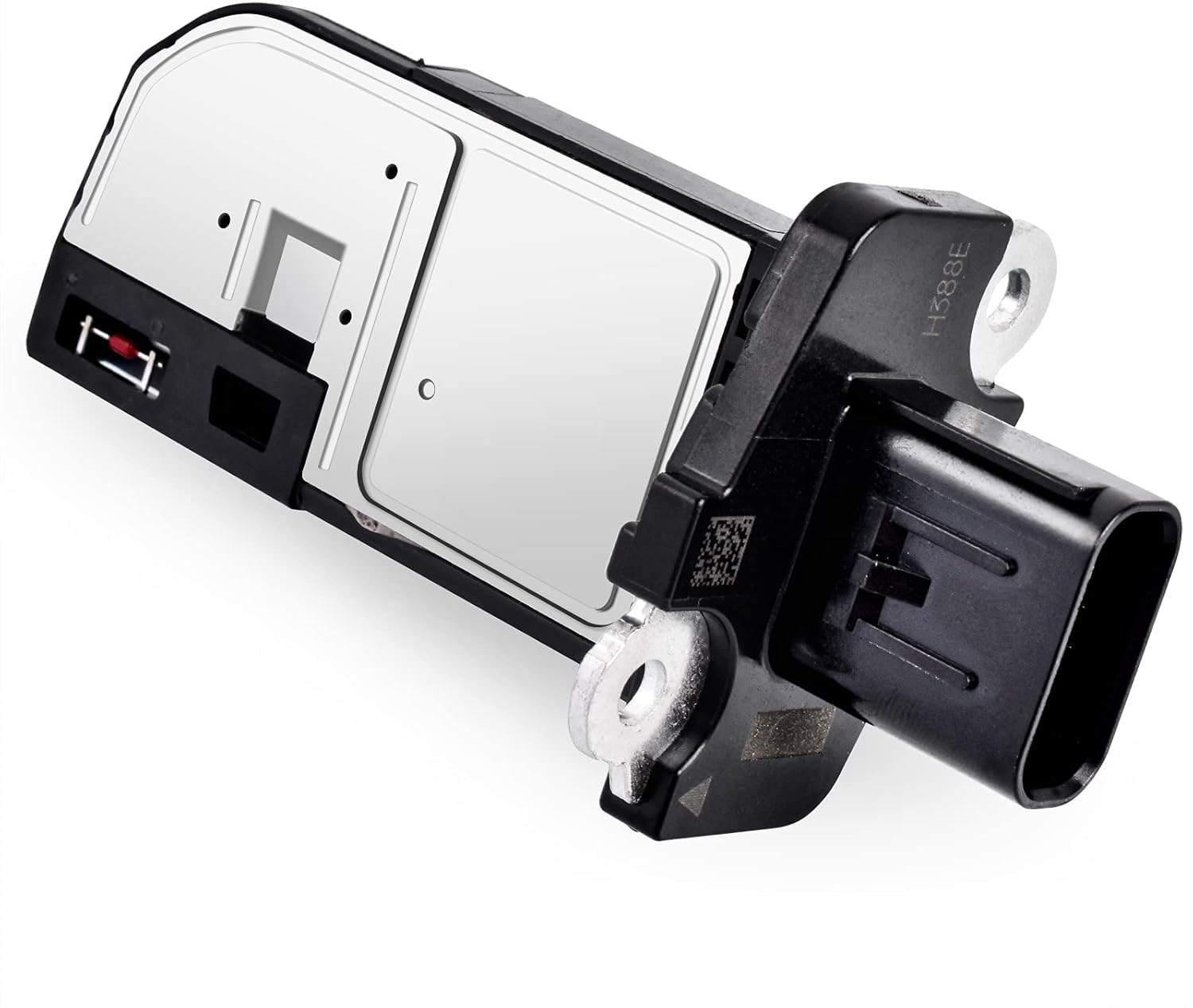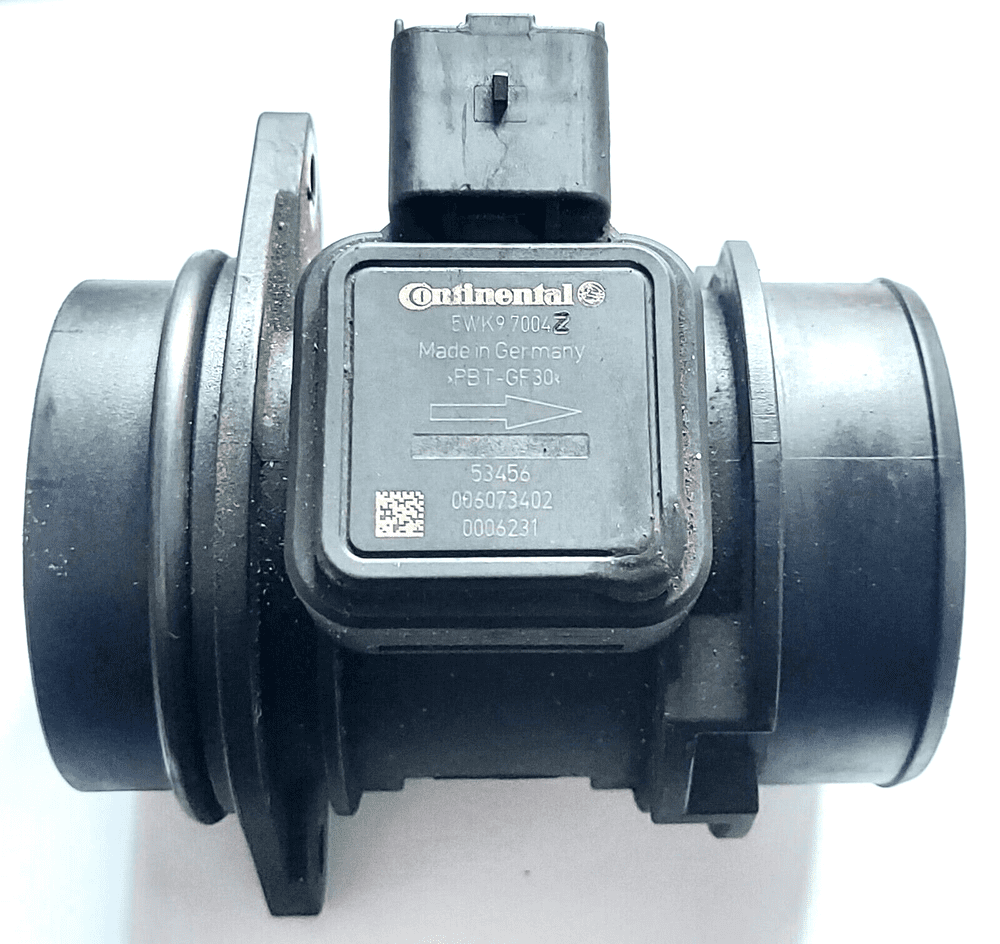Ford Fusion Mass Air Flow Sensor

The Ford Fusion, a once-ubiquitous sedan on American roads, is facing a growing concern among owners: failing Mass Air Flow (MAF) sensors. This seemingly small component can trigger a cascade of performance issues, leaving drivers frustrated and mechanics scrambling to diagnose the root cause. From decreased fuel efficiency to outright engine failure, the MAF sensor's role is pivotal to the Fusion's smooth operation.
At the heart of the problem lies the MAF sensor, responsible for measuring the amount of air entering the engine. The engine control unit (ECU) uses this crucial data to calculate the correct air/fuel ratio for optimal combustion. When the MAF sensor malfunctions, the ECU receives inaccurate information, leading to a range of drivability problems. These can include rough idling, poor acceleration, stalling, and increased emissions. Replacing the MAF sensor often restores the vehicle to normal, but the increasing frequency of failures is raising questions about the sensor's reliability in certain Fusion models.
Understanding the MAF Sensor's Function
The MAF sensor is a critical component of the engine management system. It provides real-time data about the incoming air volume. This data is essential for calculating the precise amount of fuel needed for optimal combustion.
The sensor utilizes a heated element, typically a wire or film. The element's temperature is maintained at a constant level above the incoming air temperature. As air flows past the element, it cools down. The amount of electrical current required to maintain the element's constant temperature is directly proportional to the air mass flow rate.
This electrical signal is then sent to the ECU. The ECU adjusts the fuel injection accordingly to maintain the ideal air/fuel mixture. A faulty MAF sensor disrupts this delicate balance, leading to various engine performance issues.
Common Symptoms of a Failing MAF Sensor in Ford Fusions
Several telltale signs can indicate a failing MAF sensor in a Ford Fusion. One of the most common symptoms is a noticeable decrease in fuel economy. Drivers may find themselves visiting the gas station more frequently than usual.
Rough idling is another frequent complaint. The engine may stumble or shake when the vehicle is stopped or idling. This can be accompanied by stalling, especially when decelerating or coming to a stop.
Poor acceleration is also a significant indicator. The car may feel sluggish and unresponsive when attempting to accelerate. In some cases, the engine may hesitate or misfire. A diagnostic scan often reveals error codes related to the MAF sensor, such as P0100, P0101, P0102, or P0103.
Specific Ford Fusion Models Affected
While MAF sensor failures can occur in any vehicle, some Ford Fusion model years appear to be more susceptible. Reports suggest that Fusions manufactured between 2010 and 2016, particularly those with the 2.5L engine, are experiencing a higher incidence of MAF sensor problems.
Online forums and automotive repair databases are filled with anecdotal evidence. Many Fusion owners reporting premature MAF sensor failures within this timeframe. However, Ford has not issued any specific recalls or technical service bulletins (TSBs) directly addressing widespread MAF sensor defects in these models.
Despite the lack of official recalls, some aftermarket parts suppliers have noted increased demand for MAF sensors compatible with these Fusion models. This indirect indication suggests a potential underlying issue affecting a specific production run or design characteristic.
Potential Causes and Contributing Factors
Several factors can contribute to MAF sensor failure in the Ford Fusion. Contamination from dirt, oil, or other debris can coat the sensor's element, hindering its ability to accurately measure air flow. This contamination is often caused by a poorly maintained air filter or a leak in the intake system.
Another potential cause is electrical damage. The sensor's delicate circuitry can be damaged by voltage spikes or corrosion. Improper installation or tampering with the sensor can also lead to premature failure.
In some cases, the sensor may simply reach the end of its service life. Over time, the heated element can degrade, leading to inaccurate readings. Extreme temperatures and humidity can also accelerate the sensor's deterioration.
Repair Options and Costs
The primary solution for a failing MAF sensor is replacement. The replacement cost can vary depending on the source of the replacement sensor. The OEM (Original Equipment Manufacturer) sensor directly from Ford will typically be the most expensive.
Aftermarket MAF sensors are also available from various suppliers. These can be more affordable but may not offer the same level of quality or performance as the OEM part. It is essential to choose a reputable aftermarket brand to ensure proper compatibility and reliability.
Labor costs for MAF sensor replacement are generally relatively low. The sensor is typically easy to access. The entire replacement process usually takes less than an hour. However, it is crucial to diagnose the problem correctly before replacing the sensor, as other issues can mimic MAF sensor failure symptoms.
Preventative Measures and Maintenance
Several preventative measures can help prolong the life of the MAF sensor in a Ford Fusion. Regularly replacing the air filter is crucial to prevent dirt and debris from contaminating the sensor. Following the manufacturer's recommended maintenance schedule for air filter replacement is important.
Avoiding over-oiling air filters can also help. Excessive oil can be drawn into the intake system and coat the MAF sensor. If using an oiled air filter, be sure to apply the oil sparingly and allow it to dry completely before installing the filter.
Periodically inspecting the intake system for leaks is also essential. Leaks can allow unmetered air to enter the engine, leading to inaccurate MAF sensor readings. Addressing any leaks promptly can prevent further damage and potential engine problems. Additionally, ensure the electrical connections to the MAF sensor are clean and secure.
Looking Ahead: Future Implications for Ford Fusion Owners
The ongoing concerns surrounding MAF sensor failures in Ford Fusions highlight the importance of preventative maintenance and proactive diagnostics. While a widespread recall seems unlikely, Fusion owners should be vigilant in monitoring their vehicle's performance and addressing any signs of MAF sensor malfunction promptly. Ignoring these symptoms can lead to more severe engine damage and costly repairs.
Furthermore, the situation underscores the need for transparency and accountability from automotive manufacturers regarding component reliability. While no car is immune to mechanical issues, addressing recurring problems openly and proactively can build trust with consumers and minimize frustration. As technology advances, the reliability and durability of sensors like the MAF sensor become increasingly critical to the overall performance and longevity of modern vehicles.
Ultimately, the best course of action for Ford Fusion owners experiencing MAF sensor problems is to consult with a qualified mechanic. Proper diagnosis and timely repair can ensure the vehicle continues to run smoothly and efficiently for years to come. Ford's long-term reputation depends on it.

















